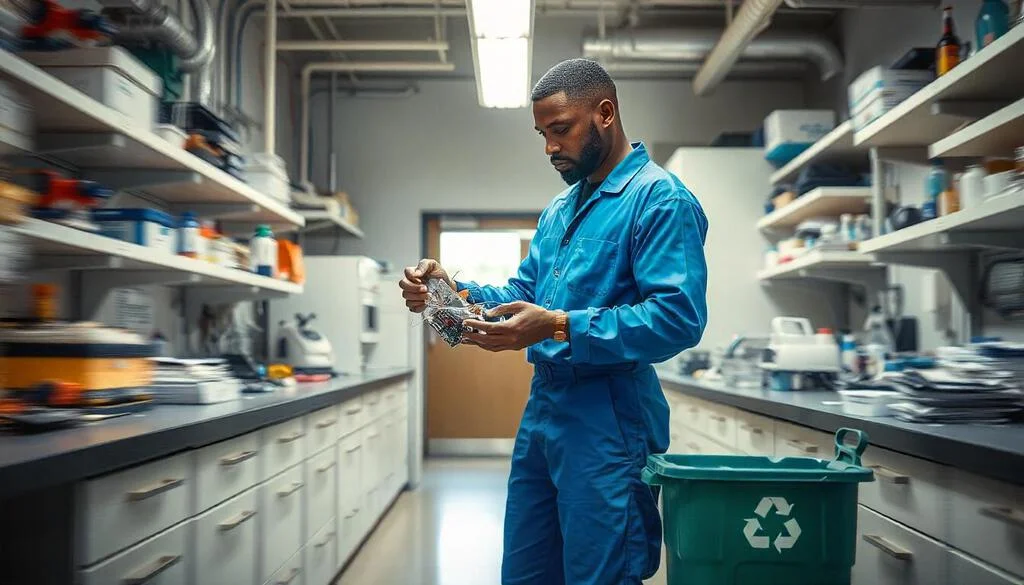
The Importance of Packaging in Protecting Hazardous Materials
Various types of packaging are used in transportation of hazardous materials and there is no doubt that the packaging is important for the management of dangerous products. Seven keys to improve packaging include eliminating accidents, safeguarding the environment as well as meeting legal requirements. The prospects of using innovative packaging approaches help avoid risks and meet safety conditions properly.
Why Packaging Is Crucial
Packaging plays an important role of enhancing safety during transportation of hazardous articles to reduce the possibility of accidents as well as meet the set standards. Furthermore, it eliminates chances of spills, leaks, exposure and in the process protects the environment as well as the health of humans. Moreover, applying the proper packaging solutions for dangerous products prevents companies from sanctions for violation of the rules.
Key Features
Leak-Proof Containers
Boxes have water tight features in order to avoid splashing during transportation thus keeping the harm tone contents contained. Furthermore, these containers are made to be compliant with pressures variations as well as shocking impacts.
Hazardous Material Packaging
Shock-Resistant Materials
Materials, whereby the package tends to have the ability of not being easily damaged during handling and transport, are used in packaging the products. As a result, there is a minimizing of chances of accident occurrences and contamination.
Clear Labeling
Labelling plays an important role of having individuals deal with hazardous material in the right manner. The information that is usually found in labels includes the types of hazards that exist, instructions on handling them as well as anyone to contact in the event of an accident.
Regulatory Standards for Hazardous Materials
UN Certification: Checks for conformity to international safety standards always keeping in mind that packaging has to stand certain standard of strength and performance.
DOT Guidelines: Establishes the rules of identification and shipment of dangerous goods in the United States. Furthermore, it also lay down procedures in the transport of different categories of dangerous goods. Hazardous Material Packaging.
Material Compatibility: Controls that packaging material erupts no harmful reactions with the chemical substances being transported or affords no chances of leakage.
Benefits
Enhanced Safety: Safeguard’s workers, the environment, and the public from harm through avoiding leakages, spillages and other exposures.
Regulatory Compliance: Able to provide an explanation of non/limited involvement in areas such as fines/penalties. And legal problems which may be due to regard for global and/or Nas country transport laws/requirements.
Environmental Protection: Cuts down transportation risks which include contamination of shipment and spreading of pollution.
Tips for Choosing the Right Packaging for Hazardous Materials
Learn about the Material
Shape the process according to the chemical as well as the physical properties of the hazardous material in order to choose an appropriate packaging type.
Follow Regulatory Guidelines
Make sure that all of the packaging comply to the regulation set by UN, DOT or whichever relevant regulations needed in the transport.
Partner with Experts
Partner with providers who possess enough experience in the packaging of dangerous goods so that you can get a solution that is unique to your needs.
Hazardous material packaging plays an important role of safety, legal requirement and protection of the environment. Through proper choice of leak proof containers, shock resistant material and proper labeling, different firms can easily reduce various risks and come up with better ways of operating. Call us today to discuss safe packaging options which will meet all state and federal guidelines.




